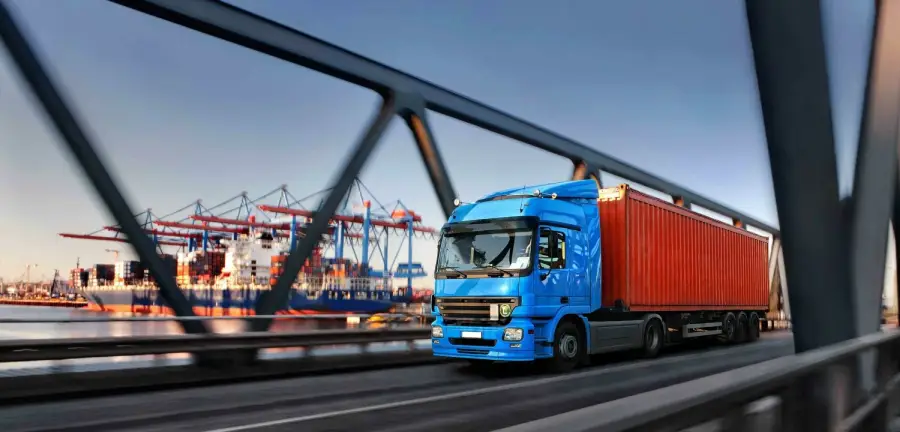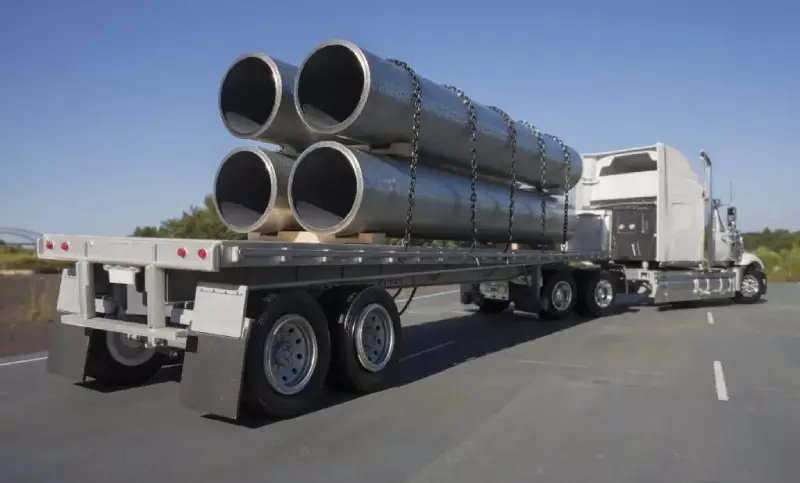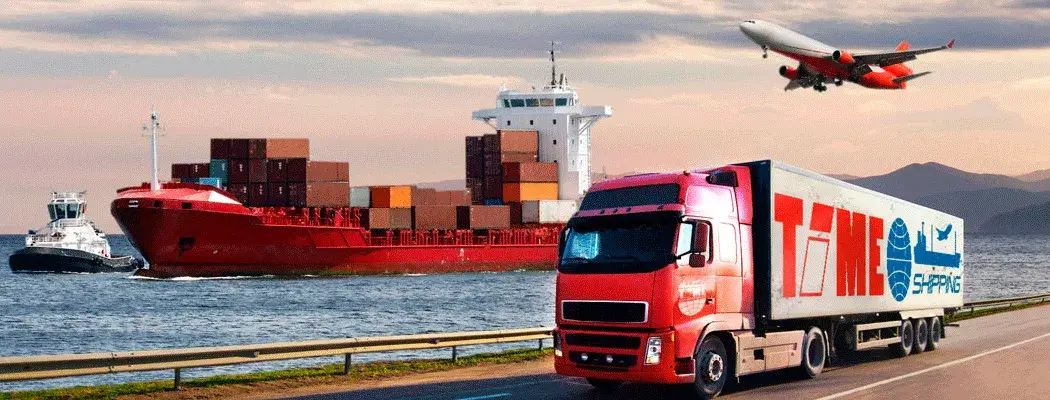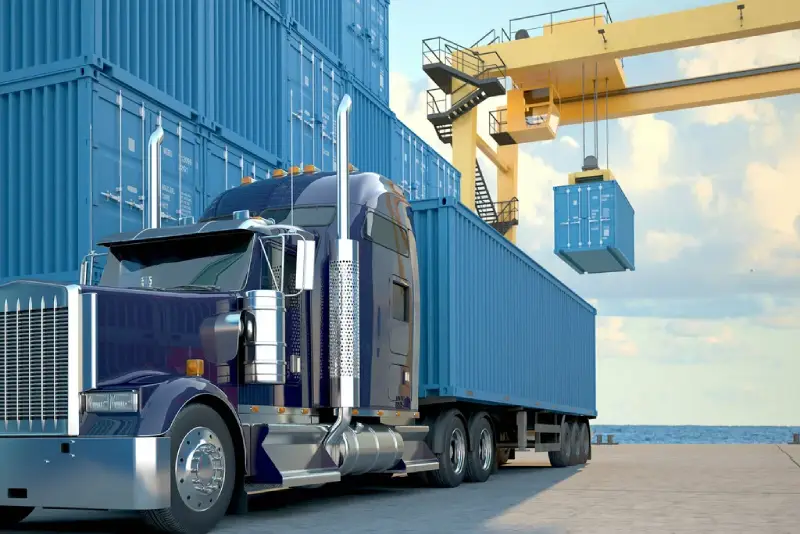Land transportation
Land transport is a major pillar of global logistics and trade, involving the movement of goods and passengers via roads, railways and pipelines. It is very popular due to its flexibility, cost-effectiveness and wide availability, especially over short and medium distances. In this article, we will explore the types of land transport, their advantages and disadvantages, and key points for international transport.
Types of Land Transportation
Road Transportation
– Definition: The use of trucks, trailers, and road vehicles to move goods.
– Advantages: High flexibility, access to remote areas, ability to carry a variety of goods.
– Disadvantages: Influenced by weather conditions, weight and volume restrictions, fuel costs.

Rail transport
– Definition: The use of trains to transport heavy and bulky goods over long distances.
– Advantages: Lower costs than road, greater safety, environmental friendliness.
– Disadvantages: Need for advanced infrastructure, limited access to remote areas.
Pipeline Transportation
– Definition: The transportation of liquids and gases such as oil and natural gas through pipelines.
– Advantages: High safety, low operating costs, high volume transport capability.
– Disadvantages: Limited to liquids and gases, high initial costs.
Advantages of land transportation
– Low costs: More economical than air and sea transportation.
– Wide access: Ability to reach remote and rural areas.
– Flexibility: Ability to adapt to a variety of goods and business needs.

Disadvantages of land transportation
– Influence of weather conditions: Rain, snow and ice can cause delays.
– Weight and volume restrictions: Not suitable for very heavy or bulky goods.
– Fuel consumption and environmental pollution: Dependence on fossil fuels.
International Land Transport
Required Documents
– Commercial Invoice
– Packing List
– Waybill (CMR)
– Certificate of Origin
Key points
– Choosing a shipping company: experience, necessary licenses, insurance services and cargo tracking.
– Packaging and loading: tight packaging and accurate labeling.
– Customs process: customs declaration, payment of duties and inspection of goods.
Challenges
– Political constraints: International sanctions and tensions.
– Infrastructure: Lack of proper roads and bridges in some areas.
The Future of Land Transportation
– New Technologies: Using Electric and Self-Driving Trucks to Reduce Pollution and Increase Safety.
– Route Optimization: Using GPS and Route Optimization Software to Reduce Costs.
– Infrastructure Development: Investing in Modern Railways and Roads.
International Road Transport
International road transport is one of the most important methods of global trade, playing a key role in moving goods between countries due to its flexibility, speed and cost-effectiveness. This method is particularly efficient for short to medium distances and in areas where access to ports or airports is limited.
Advantages of international road transport
- 1. High flexibility: Ability to access remote and rural areas.
- Relatively high speed: Compared to sea transport, delivery time is shorter.
- Affordable costs: For short to medium distances, it has lower costs than air transport.
- Real-time tracking: Use of GPS technologies to track the location of goods.
- Versatility in transporting goods: Ability to transport a variety of goods, including perishable, dangerous and bulky goods.

Challenges of International Road Transport
1.Geographical constraints: Lack of suitable roads in some areas.
2.Customs problems: Delays in the clearance process due to complex customs regulations.
3.Weather exposure: Rain, snow, and ice can delay delivery of goods.
4.Weight and volume restrictions: Some countries have restrictions on the weight and dimensions of trucks.
5.Security risk: Possibility of theft or damage to goods on long routes.
International road transport stages
Route planning and selection:
– Choosing the best route according to the destination, road conditions and laws of the countries passing through.
– Using route optimization software to reduce time and cost.
Preparing the necessary documents:
– Bill of lading (CMR): Official document that specifies the responsibility for transporting the goods.
– Commercial Invoice: Contains information about the buyer, seller and goods.
– Packing List: Details related to the packaging of the goods.
– Certificate of Origin: Confirms the country of manufacture of the goods.
– Passage permits: Some countries require specific permits for trucks to pass through.
Packaging and Loading:
– Secure and secure packaging to prevent damage to the goods.
– Accurate labeling for easy identification of the goods.
Customs Process:
– Submission of documents to the customs of origin and destination.
– Payment of relevant duties and taxes.
– Inspection of the goods if necessary.
Delivery of the goods:
– Delivery of the goods to the final destination within the agreed time frame.

Key points for success in international road transport
Choosing a reputable transport company: Check the transport company’s history, licenses and insurance services. Ensure the possibility of real-time tracking of goods.
Compliance with international laws: Familiarity with the transport and customs laws of the countries of origin, destination and transit.
Using modern technologies: Using GPS systems and logistics management software.
Insuring goods: Insuring goods to reduce potential risks.
